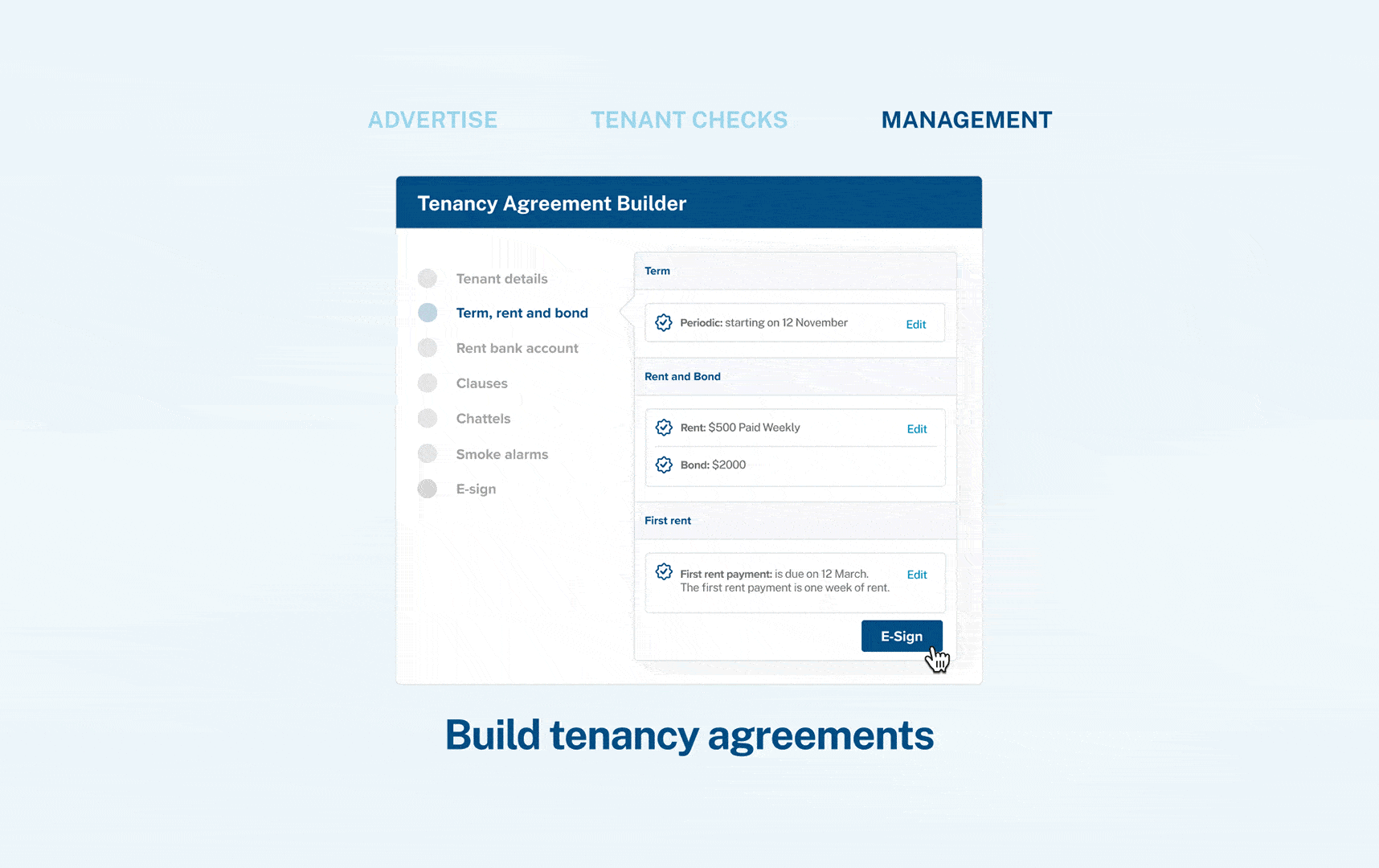If all tenants on the current agreement want to leave the premises and a completely new set of tenants is found to replace them, then the only option available is to end the existing tenancy by mutual consent and create a brand new agreement with replacement tenants.
The below options are only available if at least one of the original tenants continues to rent the property
If there is a change of tenant during a tenancy, there are a few options available to the landlord.
Amend the current agreement
One option would be to amend the current tenancy agreement with the mutual consent of everyone. This includes the landlord, the leaving tenants, the continuing tenants and the new tenants joining the tenancy.
The amendment to add a new tenant to the tenancy and/or remove an existing tenant has to be in writing signed by everyone. A new tenant has to understand and agree to the terms and conditions contained in the original agreement. Some terms, such as the maximum permitted occupants may need to be reviewed and if changed clearly documented and agreed by all parties.
Start a brand new agreement
Another option would be to end the current tenancy by mutual consent from a specific date and start a brand new tenancy agreement with the existing tenant and new tenant both named as tenants on the tenancy agreement.
New tenant or a new flatmate?
A new occupant doesn't have to become a tenant. If your current agreement allows subletting and you don't require a new person to be named on the agreement, a new person can become a flatmate. The existing tenant may choose to allow others to live with them, providing they do not exceed the maximum amount of people allowed to live at the property.
If your current agreement doesn't allow subletting or has a strict number of occupants specified, you can choose to create a variation to the tenancy agreement allowing the tenant to have one other person residing with them.
Change of tenant form
If there is a change of tenant during a tenancy, you must complete a change of tenant form. It is designed to update the Bond record and can only be used when one or more of the original tenants' remains. The new tenants effectively replace the departing tenants on the bond record.
In this situation, the incoming tenants' portion of the bond is generally paid to the outgoing tenants.


